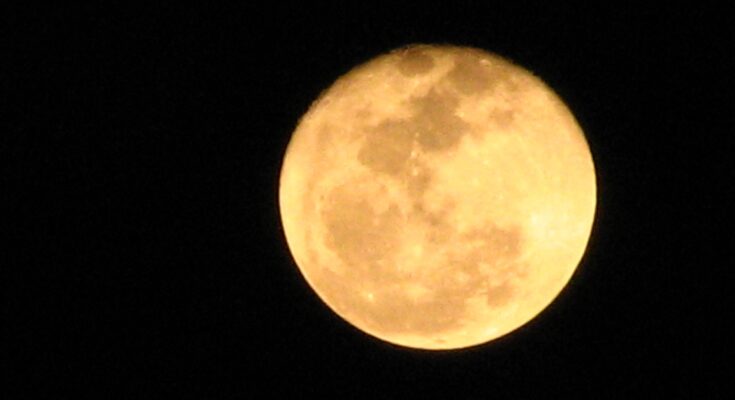Scientists have found evidence of underground caves on the moon which they believe humans could use for shelter when on a mission.
Whether the moon features underground caves which can be entered through craters on the surface has been a subject of debate among astronomers and scientists for a long time. The surface craters, or pits, were likely formed by collapsing lava tubes, and whether any of these tubes giving way to caves are still undiscovered, is not known. However, more than 200 of them have been found thus far.
A new study headed up by Leonardo Carrer, assistant professor at Italy’s University of Trento, claims to provide evidence for underground cave channels coming from an open pit on the moon. The claim is based on his team’s analysis of radar data from the Lunar Reconnaissance Orbiter (LRO) of the Mare Tranquillitatis pit, which is the deepest known on the moon, with a radius of roughly 100 meters.
After studying previous data from the LRO, scientists have determined that the moon is home to about 200 pits, all of which would provide stable temperatures safe for humans. According to NASA, the pits stay at around 63F/17 degrees Celsius, with surface temperatures sitting anywhere between 260F/127C to -280F/-173C during the lunar day.
The research team noticed a surge in radar brightness from the west side of the pit in the LRO data, and decided to use simulations based on the radar images to conclude that the brightness was due to the presence of a cave expanding from the west side of the pit’s base.
The paper, published in Nature Astronomy, posits that the moon caves may be between 130 meters and 170 meters underground and possibly 80 meters long and 45 meters wide at the most.
Furthering our knowledge of moon caves
The team argue that their efforts could be capitalized on if radar orbital sensors with a higher resolution, which could make visible the inside of all lunar pits found by LRO, were deployed.
“A complete survey of all known lunar pits would allow us to identify the most promising accesses for subsurface lunar exploration and provide information on the potential for installing human lunar base in environments protected from cosmic radiation and with stable temperatures,” the paper states.
The study also suggests that a similar method could be employed on Mars, where 1,000 cave entrances have already been found.
Despite the fact that our knowledge of lunar caves is a relatively new phenomenon, scientists are already at work trying to understand how to navigate them. Last year, University of Arizona electrical and computer engineering professor Wolfgang Fink and his colleagues put forward the idea of a rover-and-breadcrumbs system to help exploration of deep underground caves on the moon and Mars.



